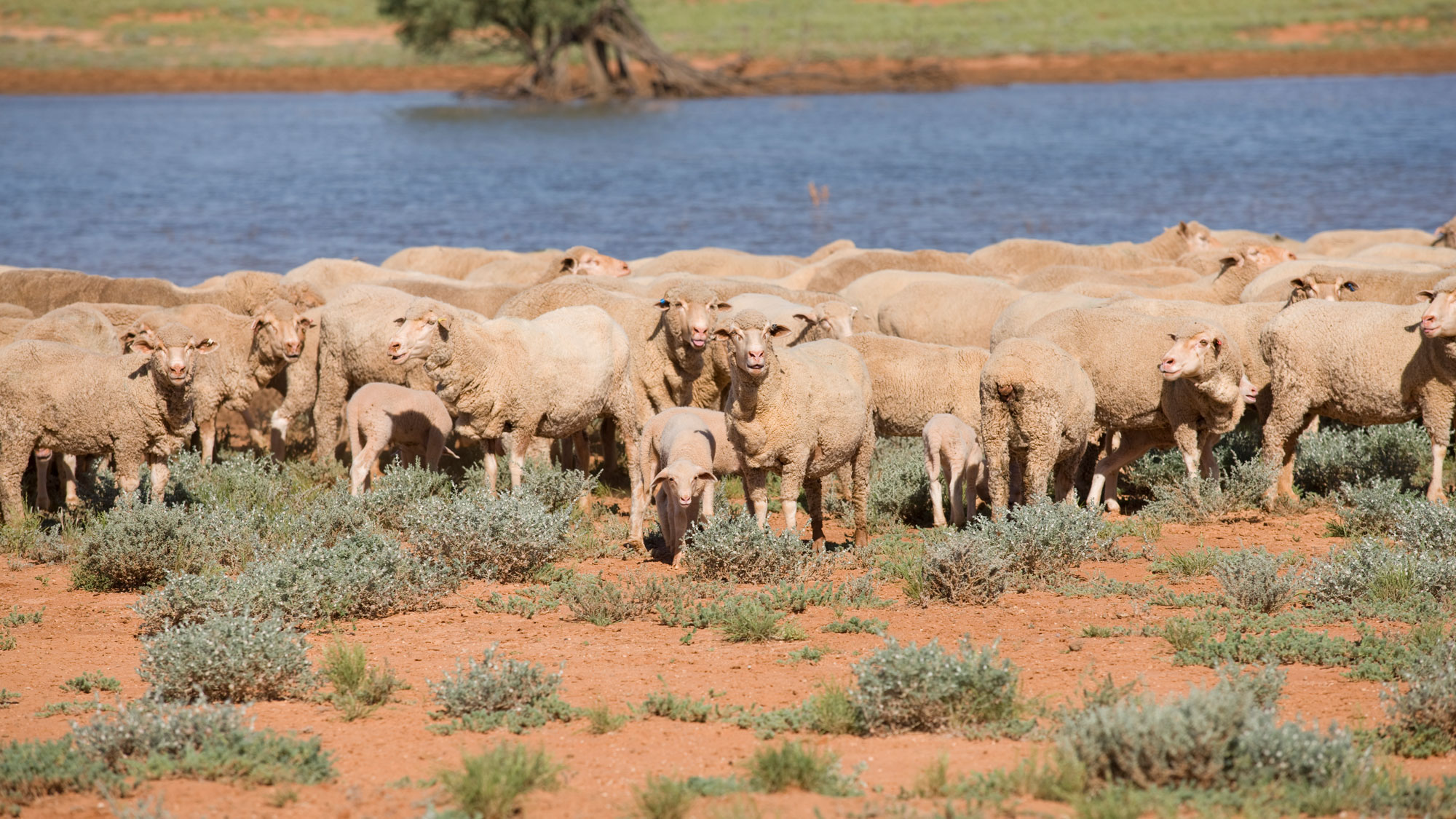Tool 12.15 Controlling foxes
Tool 12.15 Controlling foxes
The most effective way to reduce fox numbers is to undertake a coordinated program involving a number of adjoining land holdings at key times of the year. This will reduce fox numbers and achieve a major interruption to the breeding cycle.
In pastoral areas, fox control is achieved using a combination of methods including poison baiting, shooting and trapping. All of these methods have a short term impact on fox numbers and reinvasion may occur if the control programs delivered are insufficient to control fox numbers on the property or if foxes on adjoining properties are not adequately controlled. This results in continuous migration back into the controlled areas.
Regionally coordinated fox control programs involving as many properties from within a local area are undertaken by local authorities and community groups throughout the pastoral region. These programs are designed to deliver broad scale control across an entire region by targeting the breeding period in autumn and dispersal period of young adults foxes in spring.
Producers can also deliver regular property-based control programs using various methods throughout the year to limit the number of foxes that become established on the property between these coordinated baiting events. Through the use of a combination of baiting, spotlight shooting, fox drives and trapping, property owners or managers can limit the amount of re-invasion and establishment of foxes on the property and therefore mange the risk of predation during lambing.
More information can be found in Tool 5.7 Fox control options in MMFS Module 5 Protect Your Farm’s Natural Assets.
Replacement baiting strategies for both fox and wild dog control
Replacement baiting strategies should be employed when fox activity is observed on the property or prior to lambing events. Keeping a close observation along vehicle tracks and fence lines will alert producers to the presence of foxes and wild dogs on the property. This method of baiting involves placing baits at known locations, monitoring uptake and replacing baits at regular intervals until the number of baits being taken stops. Baits should be placed at locations where foxes or wild dogs are likely to encounter them. This includes on the sides of vehicle tracks, along fence lines, near (but not at) watering points, stock pads and along drainage lines or creek crossings.
Foxes and dogs will take the line of least resistance to get from point A to point B so look at the landscape and property from that point of view and you will begin to identify areas where baits could be placed.
Baiting sites or ‘stations’ should be marked clearly to ensure they can be found again. The use of flagging tape or a GPS to mark the location are ideal for this purpose, alternatively by placing baits and known landmarks such as strainer posts or creek crossing should provide enough of a marker to ensure they can be found again. If more than one person is likely to be involved in replacing the baits use a marker to identify the site. Marking the bait sites properly should also minimise the risk of accidental baiting of working dogs as the bait stations are clearly seen and dogs shouldn’t be taken anywhere near these locations.
Checking of baits should occur at least weekly and can be built into other property management activities such as water runs and fence inspections. The types of baits used should be varied if possible to entice more animals to take baits. A mix of fresh meat (various types) or manufactured baits can be used during the baiting period at different bait stations or between baiting checks.
The period of time a replacement baiting program should occur before lambing will be dependent on a number of factors including but not limited to:
- The time between lambing and the last coordinated baiting program
- The amount of predator activity present on the property
- Local observations of predator activity local throughout the district.
Ideally a program should commence early enough so the property owner has confidence that the predator numbers and activity has been reduced to very low levels. This may take a month or two depending on the factors above. In addition to the baiting other control tools can be added to the program to further reduce numbers. Spotlight shooting or trapping at the end of the baiting program is an excellent way to ‘mop up’ those animals which didn’t take baits during the baiting program.
Spotlighting prior to and after the baiting program will provide valuable information on the effectiveness of the program and in addition to monitoring bait uptake will allow the property owner to make more informed decisions regarding the level of control required on the property in the future.
Best practice options include:
- Coordinate baiting programs with neighboring properties
- Bait twice a year, approximately 6 months apart, to impact on fox breeding and dispersal
- Group baiting programs increase the number of landholders involved and hence effectiveness is increased
- 1080 ground baiting is generally more cost effective than shooting, based on the cost per fox killed (McLeod, Saunders, McLeod, and Walter, 2007)
The Centre for Invasive Species Solutions (CISS) has compiled a great resource with more information called A field guide to poison baiting: wild dogs and foxes.






